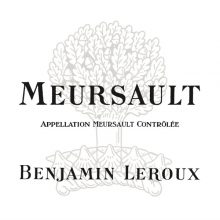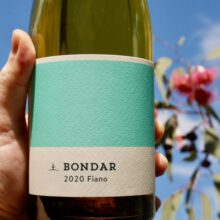
Product information
Domaine Benjamin Leroux Mersault Blanc 2015
$130
Description
2015 marks the second vintage of the ‘Estate’ Meursault, exclusively from Benjamin Leroux vineyards. It comes from a range of lieux-dits – Les Millerands, Bois de Blagny, Les Criots and Au Moulin Landin – which combine for a total of 1.6 hectares. The oldest vines again date back to 1946, and the high elevation of Leroux’s terroirs make for a particularly tightly wound mineral wine. Only 10% of this saw new oak and the viticulture across the parcels is now biodynamic. The result is a succulent, layered, glowing wine that is very fine and pure and multilayered with a salty tang. It reminds us of Leroux’s (delicious) 2009 version of this wine.
Out of stock








You must be logged in to post a comment.